#arab mythology
Explore tagged Tumblr posts
Text
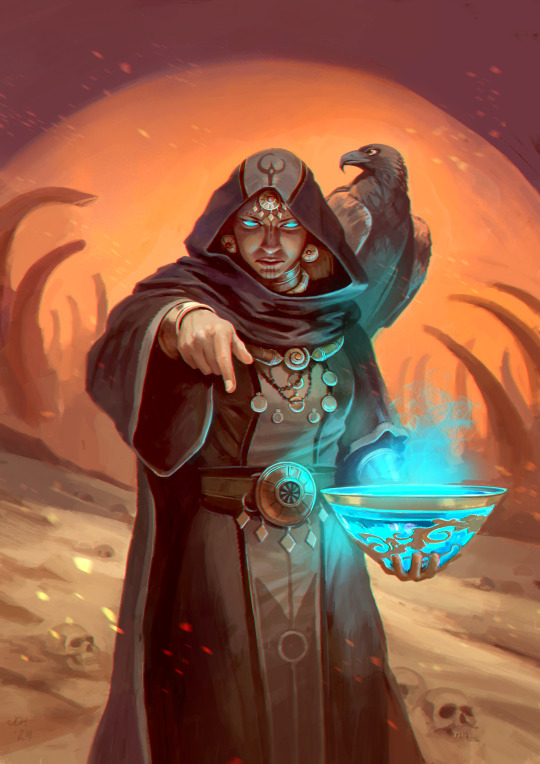
Glad to share this weeks DUNE painting I just finished! Based on your top votes, here is Reverend Mother Jessica Atreides. I plan to make 5 more DUNE pieces for the time being, which one should I make next?
1. Emperor
2. Rabban
3. Chani
4. Stilgar
5. Gurney
For Jessica, I wanted to depict her in her darkest moments with the Water of Life. She is surrounded by the means to gain unlimited power, and is not hessitate to use it to subdue others to her will for what she deems the greater good.
Please let me know what you think!
All the best,
JCH
#dungeons and dragons#board games#concept art#fantasy art#tabletop games#magic the gathering#digital painting#character design#ancient history#amzigh#arab mythology#ancient arab#armor#fremen#dune frank herbert#fremen faith#duna#dune 2#paul atreides#jessica atreides
57 notes
·
View notes
Text
Glory to Al-Uzza, the mighty goddess who protects us all from harm and evil.
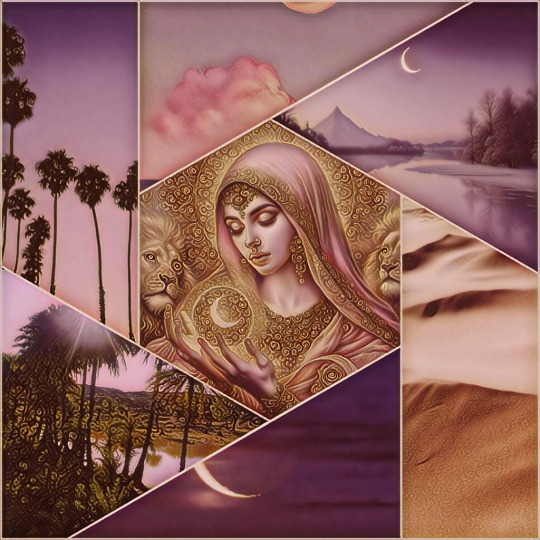
#arab paganism#arabian paganism#al uzza#pagan#paganism#deity work#witchcraft#mythology#spirituality#witch#witches of tumblr#witchblr#polytheism#arab mythology
26 notes
·
View notes
Text

Zarqa's Caravan Girl Lines by Darya color by me
#artists on tumblr#concept art#arab futurism#arab mythology#zarqa al yamama#concept artist#painting#digital painting#arab folklore
4 notes
·
View notes
Note
Thoughts on arab paganism? Do you like it?
I’m Muslim and my religion exists bc tons of Arabs (including my ancestors) didn’t want to be pagan anymore so take a wild guess lol
2 notes
·
View notes
Text
iliad adaptation that follows the actual book to a tee EXCEPT it has odysseus in the background commentating like one of those sports commentators on every single scene, like:
"Achilles - yes, the Achilles - has just received word that Patroclus, his dearest companion, his partner in the camps and possibly in other activities (depending on who you ask), has fallen in battle! This is a moment in history, folks! Achilles is on his knees, howling at the sky like a man who just lost his entire world, ever the theatre kid!"
"Now, forget about Achilles, let’s talk about the real losers here: the entire Achaean betting pool. That’s right! If you had money on ‘Patroclus survives the war,’ you might as well start handing over your gold and spoils!"
"Hector is on the run, folks! I repeat, Hector is on the run! This is NOT a drill! The Trojan prince is circling the walls of Troy, and Achilles is right behind him, faster than Grandpa Hermes on cattle stealing duty! That’s one… two… three laps around the city! My, my, my, this reminds me of my sister's unfulfilled weight loss plans."
"AND Agamemnon fires back! Says Achilles is just a whiny soldier who doesn’t respect the chain of command! Achilles’ jaw just dropped, I don’t think I’ve seen him this offended since someone suggested Patroclus should wear his armour. And now - oh, oh, folks, he’s reaching for his sword! HE IS ACTUALLY GOING FOR HIS SWORD! ARE WE ABOUT TO WITNESS A MURDER LIVE?! IS ACHILLES FINALLY FULFILLING EVERYONE'S DREAMS TO KILL AGAMEMNON?!"
"AND HERE COMES THE SLAUGHTER! Diomedes is absolutely dominating the battlefield - twelve men down, zero resistance! Look at that form! That precision! Just a drool worthy performance of a true warrior! Meanwhile, I’m executing a perfect steal - warhorses? Mine now! That’s right, folks, I am officially expanding my contingent of stolen goods!”
“So there you have it, folks! Another flawless Odysseus-Diomedes Special™ - efficient, deadly, and absolutely not romantic in any way, despite what the Myrmidons are snickering about behind our backs. Yes, we can hear you!"
#odysseus is like one of those diabolical arab sports commentators#if you know you know#ctimene is catching strays#odydio are never beating the allegations#i have more of these#someone shut me up#this sounded incredibly funny in my head#odysseus#diomedes#achilles#agamemnon#patroclus#hector of troy#hector#odysseus x diomedes#diomedes x odysseus#odydio#achilles x patroclus#patrochilles#the iliad#epic the musical#the odyssey#greek mythology#tagamemnon
549 notes
·
View notes
Text
𝚂𝚝𝚊𝚝𝚞𝚎 𝚘𝚏 𝙿𝚛𝚒𝚗𝚌𝚎𝚜𝚜 𝚃𝚊𝚔𝚞𝚜𝚑𝚒𝚝, 𝚌.670 𝙱𝙲 🇪🇬
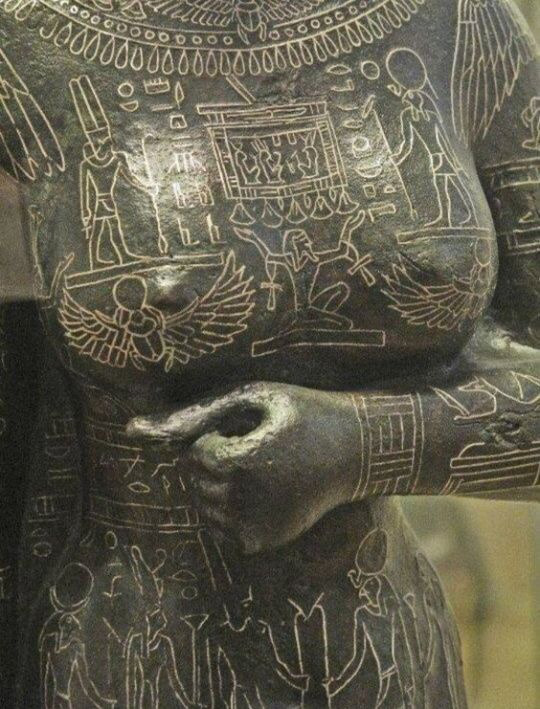
#l o v e#Takushit#12/2023#egypt#art history#statue#sculpture#ancient history#history#classic art#x-heesy#princess#culture#Orient#arabic art#mythology#body cult
680 notes
·
View notes
Text

Pegasus, Walter Crane, 1889
Pencil, watercolour and bodycolour with gum arabic on paper laid on linen 28 x 28 in. (71 x 71 cm)
#art#painting#walter crane#arts and crafts movement#greek mythology#19th century art#19th century#1880s#pegasus#mythology#pencil#watercolor#bodycolor#gum arabic#works on paper#english#british
274 notes
·
View notes
Text
Djinn And Their Types

Djinn, or jinn, are supernatural beings in Islamic mythology, believed to be created from smokeless fire. They are considered to be parallel to humans, possessing free will and the ability to choose between good and evil. While they are often invisible, they can assume various forms, including human or animal shapes, or something beyond perception entirely. The concept of djinn is deeply rooted in Islamic beliefs and has influenced various cultures and mythologies. While some djinn are considered benevolent, many are seen as mischievous or even malevolent. They are in fact, individuals with their own agendas.
The categorization of djinn can vary depending on different cultural interpretations and folklore traditions.
Here are some of the most well-known types of djinn:
• Ifrit: Powerful and often rebellious djinn, known for their fiery nature and ability to control fire. They are often depicted as having immense strength and destructive power.
• Marid: Another powerful type of djinn, known for their pride and arrogance. They are often associated with water and can control the seas and oceans.
• Ghul Sila: Nocturnal creatures often associated with graveyards and tombs. They are said to feed on corpses and can shapeshift.
• Shayateen: A type of djinn that tempts and misleads humans. They are often associated with evil and are believed to be responsible for many misfortunes.
• Qareen: Their name literally means "constant companion. In Arabic folklore, they were like a cliche devil on someone's shoulder, encouraging them to make bad choices. While this may ring of some truth, their nature, personality, and alignment can vary drastically between individuals.
• Pari: A type of flying djinn akin to faeries. They have good natures and may use their spiritual power to prevent hexes, bring good luck, and other significant things.
In addition to these, there are many other types of djinn, each with its own unique characteristics and abilities. Some djinn are said to be able to grant wishes, while others are known for their ability to cause harm. They are a fascinating and complex part of Islamic mythology, and their stories continue to captivate audiences around the world. Your chances of encountering a djinn are slim but never zero, as these powerful spirits are nearly unmatched at navigating the plains of existence.

#witch#magick#lefthandpath#dark#witchcraft#demons#djinn#genie#spirit work#demonolatry#satanism#satanic witch#witchblr#witch community#eclectic#pagan#chaos witch#chaos#islamic#mythology#arabic
85 notes
·
View notes
Note
Hi. Not sure if you've answered this before, but do you have a list of books to recommend on fairytale/mythic analysis?
So I finally have a real response to this question, but it's LONG, be warned:
First, it depends what you want to get out of your folklore study, what lens you'd like to use for analysis. And second, it's important to know that the practice of folktale analysis has changed over time, especially in the last ~15 years or so as the scholarly consensus has evolved toward decolonization.
For example, the common historical starting place was Bruno Bettleheim's The Uses of Enchantment. Candidly, I haven't read it yet for a few reasons: 1) It focuses fairly exclusively on Western European fairy tales like those of Grimm, Basile, and Perrault. 2) It assumes the primary audience for such tales are children. 3) It's a white man's perspective, and there are already enough of those to go around. That said, it's considered a foundational text for folklore study, so I'll probably get to it eventually. There are some modern authors who might be considered scholarly successors of Bettleheim, like Maria Tatar. I haven't read her books yet but I know she's also a powerhouse of Western fairy tale analysis.
Some other popular perspectives include the works of Carl Jung and his protégés in psychoanalysis, Marie-Louise von Franz and Erich Neumann. These are wonderful sources for learning about depth psychology and the universal unconscious which causes certain motifs to recur in storytelling across the globe and over centuries. Another popular author in this field is Robert Bly, who dove deeply into the concept of the Shadow as it appears in folk tales.
But for me, my favorite sources have been a collection of feminist authors who were active in the late 80s and early 90s, notably Barbara Fass Leavy and the incomparable Clarissa Pinkola Estes. While their work is pretty firmly grounded in second-wave feminism and therefore not very intersectional as we understand it today, they were the first to begin exploring interpretations of folk tales outside of a patriarchal context. I personally refer to Leavy's In Search of the Swan Maiden and Estes' Women Who Run With the Wolves more than any other books.
A lot of the most current perspectives are only accessible via blogs, like Jeana Jorgensen AKA The Foxy Folklorist, who often explores fairy tales through a Queer lens. Another brilliant voice working today is Helen Nde of Mythological Africans, who is doing the long-overdue work of decolonizing African folklore.
And while all these sources will help you develop a framework for analysis, still one of the best things you can do is read the tales for yourself. One of my favorite series is that of Heidi Anne Heiner of Sur La Lune Fairy Tales, who has amassed impressive collections of folk tales of the same type from around the world, making comparison easy. She also provides excellent footnotes that offer context to the versions and translations she's selected, and every tale has a source.
Outside of that, I like to read regional collections from indigenous scholars and native speakers: some editors will even include a copy in the original language along with the English translation, thus allowing others to "check their work." One of my favorite folkorists like this is Inea Bushnaq, who collects Arab folktales and again provides accessible cultural context. It's important to remember that most oral folktales which are now available in English were first recorded by colonizers, so the versions we have may be edited, mistranslated, or even maliciously altered to suit Western tastes. This is why seeking out versions from actual members of indigenous communities is critical.
Right now, I'm reading The Japanese Psyche: Major Motifs in the Fairy Tales of Japan by Hayao Kawai, and I'm next going to try Oral World and Written Word by Susan Niditch. I tend to just go where the spirit moves me, journal a bit, go down a research rabbit hole about a particular topic... it's fun. But whatever you're looking to get out of your folk tale study, rest assured you will never run out of material!
#folklore#folk tales#fairy tales#mythology#bruno bettleheim#maria tatar#carl jung#marie louise von franz#erich neumann#robert bly#clarissa pinkola estes#barbara fass leavy#jeana jorgensen#foxy folklorist#helen nde#mythological africans#african folklore#inea bushnaq#arab folklore#japanese folklore#depth psychology#comparative mythology#jungian shadow#jungian psychology#sur la lune fairy tales#heidi anne heiner#brothers grimm#charles perrault#giambattista basile#asks
32 notes
·
View notes
Text

LO in a nutshell
#anti lore olympus#anti lo#lo critical#lore olympus critical#lo criticism#lore olympus criticism#unpopular lore olympus#greek gods#greek mythology#shitpost#this is based on an arabic meme that is based on a book by mustafa mahmood#that has been floating around without my knowledge since I'm not that deep into arabic meme culture
95 notes
·
View notes
Text

Painting I made a year ago, depicting a Sub Saharan African tribal leader; Both a merchant and a warrior. Hope you like it!
Best, JCH
www.joelchaimholtzman.com
#dungeons and dragons#board games#concept art#tabletop games#fantasy art#digital painting#magic the gathering#character design#ancient history#africa#african history#arab#berber#amazigh#medieval africa#medieval arab#arab history#arab mythology#african mythology
66 notes
·
View notes
Text
PRAYER TO THE ARAB GODESSES : ALLAT , AL-UZZA AND MANAT.

Image source:
https://www.thaliatook.com/AMGG/arabtriple.php
Mighty goddesses, you who have protected us from all harm through the centuries, please hear my prayers. Aid me in my hardest times, and look over me when i need you. I humbly ask you, great Al-Uzza , Al-Lat and Manāt , to protect me when i need it, and be there for me. May my life be as clean as a desert with yellow sand. May my future be as bright as the Sun protected by the goddess Shams. May my life be as abundant as Allat's grain fields. May my love be as gentle as Al-Uzza. And may the time of my death be as far away as time. Thank you, for everything.
Glory to you, great goddesses.
#paganism#pagan#deity work#spirituality#mythology#witchblr#witches of tumblr#pagans of tumblr#pagan stuff#arab paganism#arabian paganism#arab mythology#arab#al uzza#allat#manat#triple goddess
13 notes
·
View notes
Text


Snake Deity Shahmaran, betrayed 3000 years ago, studious doctor, cave dweller. lines by Darya, colors by me
#arab mythology#shahmaran#snake deity#arab mythos#painting#artists on tumblr#concept art#arte brasileira#arab folklore#arabian fantasy
1 note
·
View note
Text
I can’t believe I forgot about this but in the Clash of the Titans remake they have a stereotypical Arab djinn character and he dies by exploding himself at Medusa, this movie started production in 2002, it shows.
#Perseus baby you deserve better adaptations#greek mythology#ancient greek mythology#greek pantheon#perseus#clash of the titans remake#clash of the titans#jinn#djinn#Arab stereotypes
25 notes
·
View notes
Text


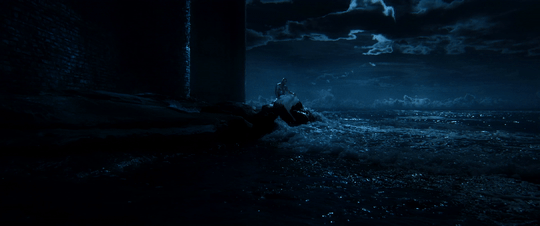
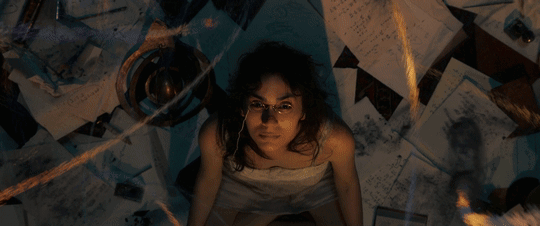
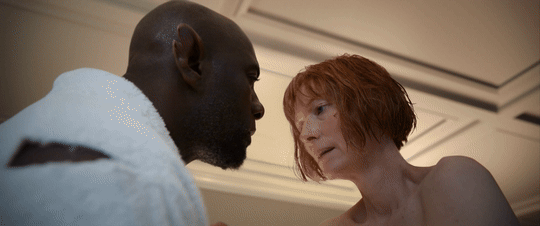
Three Thousands Years of Longing (2022) ----------------------------------------------- dir. George Miller cin. John Seale cs. USA, Australia
#three thousand years of longing#george miller#tilda swinton#idris elba#2022 movies#djinn#arabic mythology#Burcu Gölgedar#Ece Yüksel#Aamito Lagum#american cinema#australian cinema#fantasy movies#2022
49 notes
·
View notes
Text

Proserpine, Dante Gabriel Rossetti, 1878
Pencil, watercolor and body color heightened with gum arabic on paper 30 ½ x 14 ¾ in. (77.5 x 37.5 cm)
#art#painting#dante gabriel rossetti#pre raphaelite brotherhood#pre raphaelite#1870s#19th century#19th century art#pencil#watercolor#body color#gum arabic#works on paper#english#british#mythology#roman mythology
75 notes
·
View notes